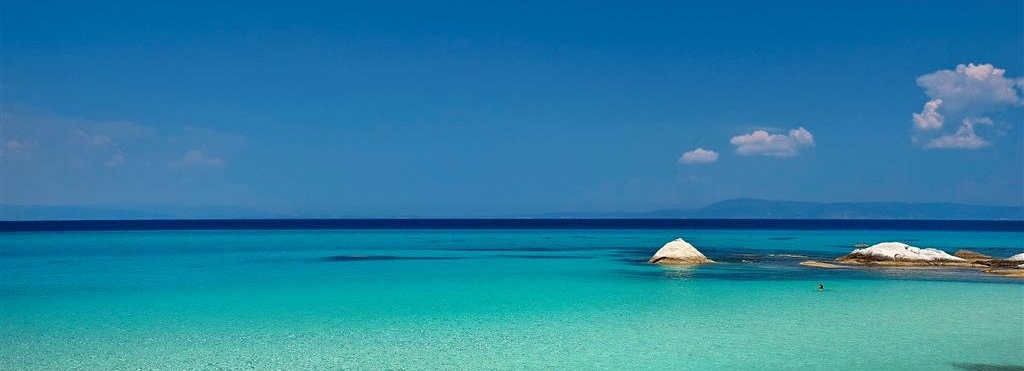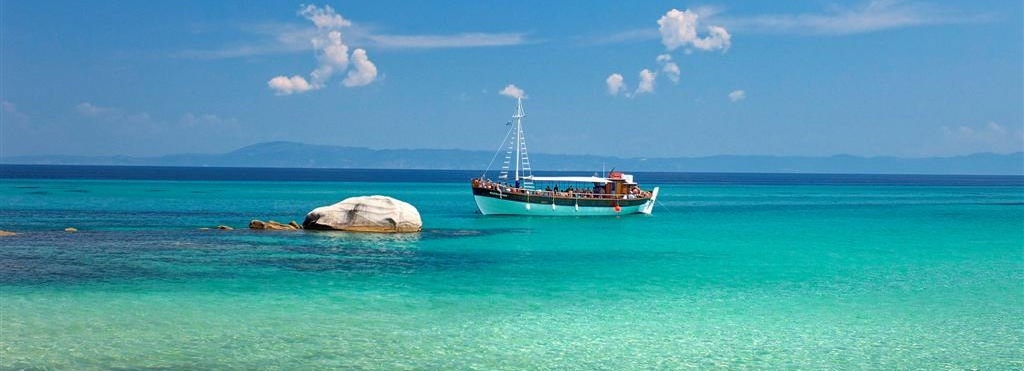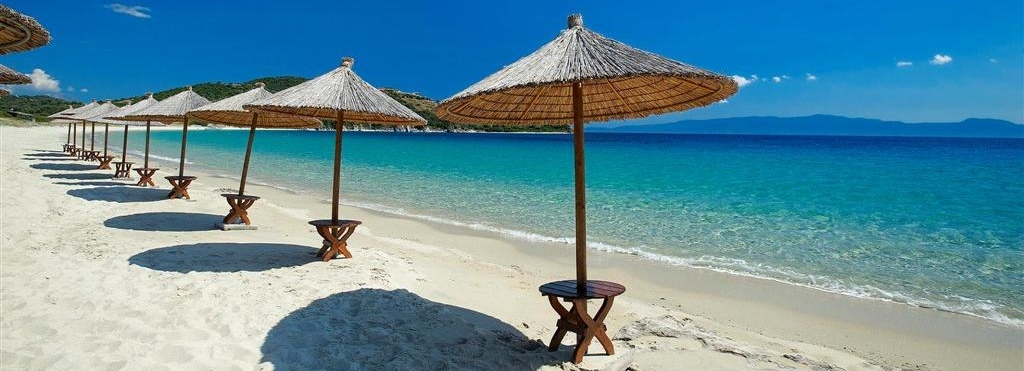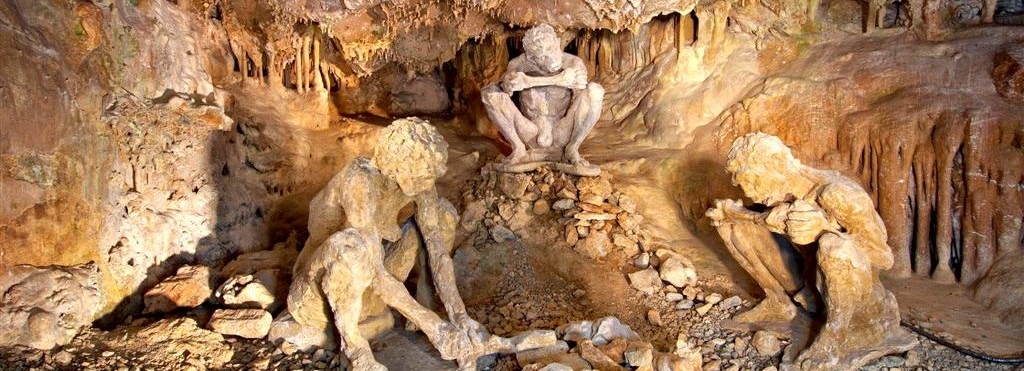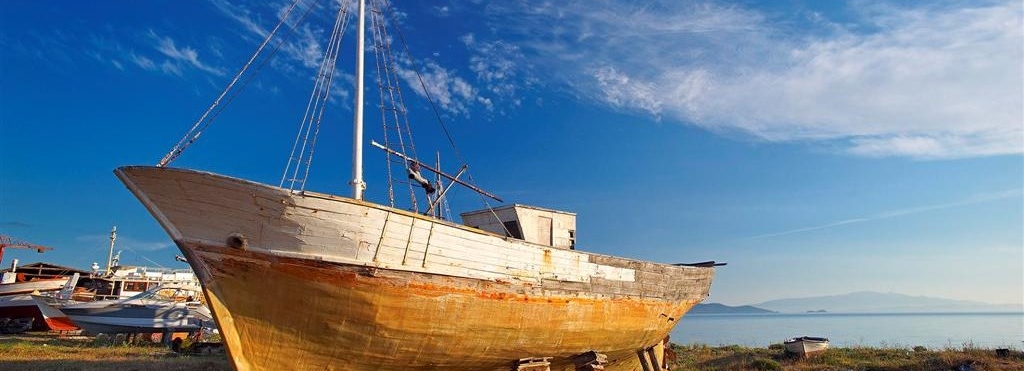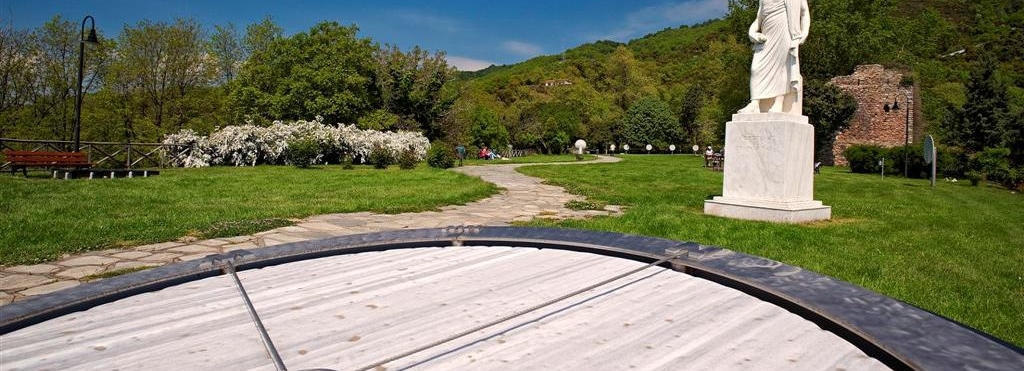TWELFTH MONASTERY
Three hundred meters above sea level and half an hour from Karakalou Monastery, amidst a verdurous landscape on the eastern side of Mount Athos there lies one of the oldest monasteries on Mt. Athos, Filotheou Holy Monastery. Tradition mentions that the monastery was built by Blessed Philotheos, contemporary of St. Athanasius, before 972 and was then known as Fteri Monastery. Among the monastery’s benefactors in its first years were Emperor Nikephorus Boteneates and later other Byzantine Emperors of the Palaeologos dynasty. In the 13th century, Serb king Stephen Uros Dusan, known for his help to Athos’ monasteries, will also assist Filotheou Monastery. As a result of this help a great number of monks in the monastery during that era were Serbs. One of the strongest personalities to have served as monks in Philotheou was Abbot Dionysus, in early 16th century, who later founded Dionysus Monastery “on Olympus”. Its benefactors in the 17th and 18th century included the Tsar of Russia Michael and the Greek princes of Danubian provinces, who supported the monastery and allowed monks to run collections in order to raise money. A permanent cause for dispute between Philotheou and Megiste Lavra monasteries were the Cells of Milopotamos and Kravatos, which were contested by both monasteries. Finally at the end of the 16th century and by means of patriarchic sigils these were awarded to Lavra. One of the most important figures of Orthodox monasticism comes from Philotheou monastery, Cosmas of Aetolia. Upon leaving the monastery, Cosmas taught the Gospel to enslaved Greeks, before he martyred in the hands of the Turks in August 1779. In 1900 the Monastery finds itself in a tight financial spot once more, only to be assisted by the Holy Community this time, thus subjecting itself to its custody. From the most remarkable treasures of the monastery is the icon of Our Lady Glykofilousa , which, tradition has it, reached Mount Athos on its own, to escape the wrath of iconoclasm, and the hand of St. John Chrysostom, a gift by Andronicus II Palaeologos. The Refectory is illustrated by Hagiographer Tzortzis from Crete in 1540. The Catholicon of the monastery is dedicated to the Annunciation of the Mother of God and 12 cells build in the surrounding area and a further two in Karyes are subject to the monastery.
